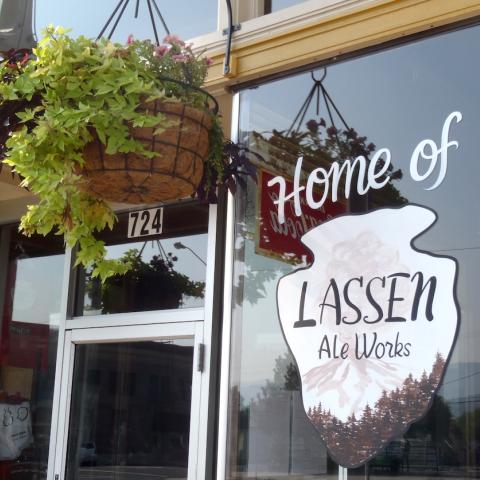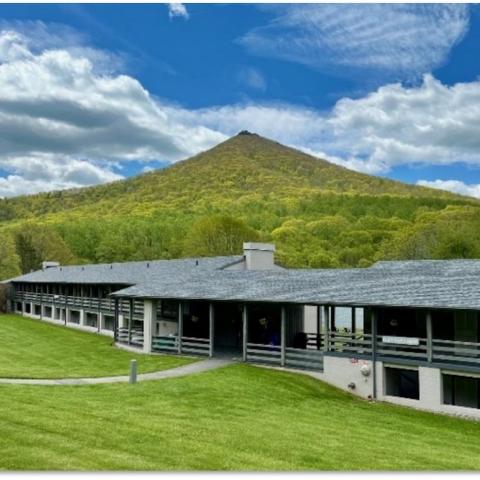
Road work is coming to the Blue Ridge Parkway in North Carolina/NPS, David Smart
The National Park Service says more than 65 miles of the historic Blue Ridge Parkway, between Milepost 359 and 469, will be resurfaced as part of a pavement preservation program. Work is expected to start in mid-May and continue through September of 2018.
Work locations, within the 65-mile project area will change weekly, and visitors in active work zones areas should expect single-lane closures and delays. Work will take place on the following sections of Parkway, from north to south, and include some paved road-side pullouts and parking areas:
- Milepost 359.1 to 365.6, north of Asheville in the Mt. Mitchell & Craggy Gardens area
- Milepost 393.6 to 412.8, south of Asheville through the Mount Pisgah area
- Milepost 424.0 to 469.0, south of Devil’s Courthouse to the southern terminus of the Parkway
As with any road project, motorists and park users must exercise caution. In the interest of visitor safety, park visitors are asked to:
- Check the Parkway’s Real Time Road Mapfor regularly updated work zone information.
- Expect delays while work takes place Monday through Friday. Lane closures will be managed with flagging operations and a pilot car to lead traffic through work zones.
- Observe reduced speed limits in work zones, 24 hours a day, 7 days a week; to allow for proper curing of pavement.
- Anticipate loose gravel on the road surface during the cure time for the pavement. Bicyclists and motorcyclists are asked to exercise extreme caution as loose gravel on top of the paved surface, during the required curing time, could result in loss of control.
- When circumstances prevent bicyclists from keeping up with traffic, dismount and move off of the road to let the on-coming traffic pass when traveling through a single lane closure.
Project vendors will work in 3-5 mile sections and repeat the resurfacing process as they move from section to section of the full project. The steps in this process include prepping the surface, applying a chip seal surface of liquid asphalt and stone chips, allowing the surface to properly cure, vacuuming the work area to minimize loose gravel, applying a fog seal on top of the chip seal surface, and finishing by painting new road marking lines. The process will then repeat on the next section of the project.
The Blue Ridge Parkway inventory of paved roads includes bridges, tunnels, parking areas, spur roads, service roads, campground and picnic area roads, and the 469-mile Parkway motor route itself. Given the large inventory of paved surfaces along the Parkway, and in order to effectively invest available funding, the pavement preservation strategy focuses on keeping the good sections good and returning fair sections to good condition.
Pavement preservation is becoming a regular road maintenance strategy in national parks. Studies find that for each dollar spent on pavement preservation between $6 and $10 in future pavement rehabilitation costs are saved. Funding for road maintenance in national parks, including the Parkway, comes in large part from the Highway Trust Fund, which is derived from a federal gas tax managed by the Federal Highway Administration.



 Support Essential Coverage of Essential Places
Support Essential Coverage of Essential Places







Add comment